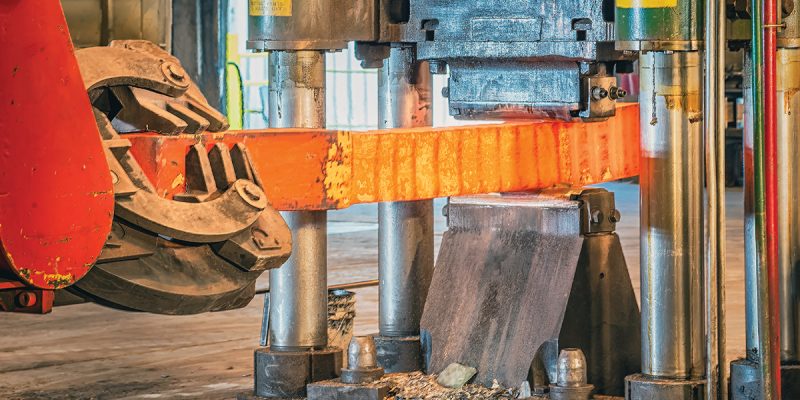
Tariff Surge Brings Uncertainty to Specialty Metals Market
The specialty metals industry entered 2025 with momentum, boosted by improving demand and easing interest rates. However, the surprise announcement by former President Trump in June—doubling tariffs on imported steel and aluminum from 25% to 50%—has disrupted this fragile recovery. Specialty metals, particularly stainless steel and tool steels, face rising costs and uncertain sourcing conditions as a result.
Executives across the sector agree the tariff escalation has rapidly cooled market enthusiasm. “I was forecasting a very strong January,” said Carl Bosley of SB Specialty Metals. “We saw a bump, but it was only eight percent.” As discussions of higher tariffs intensified in February, orders began slowing. While some companies, like American Specialty Metals, report modest gains over 2024, most are treading cautiously in the face of this policy shift.
As specialty metals—such as PM tool steels, high-performance stainless, and titanium alloys—often originate from overseas suppliers, the import-heavy supply chain is particularly vulnerable. “There is going to be price increases in the next couple of months, if not starting today,” warned RM Metals’ Sam Desai. Meanwhile, buyers are delaying inventory decisions, wary of future policy reversals or further price disruptions.
Specialty Metals Tariffs and Domestic Production Challenges
The tariff policy aims to drive more U.S.-based production, but experts say the transition won’t be quick or easy. Many domestic producers, like New Castle Stainless Plate and Roda Specialty Steel, welcome the chance to compete. Still, others caution that the infrastructure to make broad, commodity-grade specialty metals no longer exists in the U.S.
“We’ve lost the capacity and technology,” says Bosley. “You’ve lost the knowledge base, the expertise.” Without committed capital investment and government incentives, rebuilding domestic specialty metals capacity remains unlikely in the near term. Furthermore, some high-performance alloys and grades remain unavailable from U.S. sources, forcing buyers to either absorb tariffs or seek substitutes at potentially higher costs.
Despite these setbacks, long-term fundamentals look positive. Infrastructure spending, aerospace growth, and defense investments continue to support demand. Titanium and stainless suppliers alike report robust interest in bridge projects, LNG infrastructure, and corrosion-resistant components. Meanwhile, the aerospace sector remains resilient, offering a vital outlet for high-value specialty metals.
SuperMetalPrice Commentary:
The 50% tariff shock has reintroduced uncertainty into what was shaping up to be a strong year for specialty metals. While the move may eventually accelerate domestic production, the lack of near-term capacity, expertise, and infrastructure limits its immediate effectiveness. The market now balances short-term supply disruptions with long-term hopes of reshoring. Expect a choppy second half of 2025 marked by cautious buying, rising prices, and strategic sourcing shifts. For stakeholders in stainless steel, titanium, and alloy sectors, agility and market intelligence will be key to navigating this volatile environment.







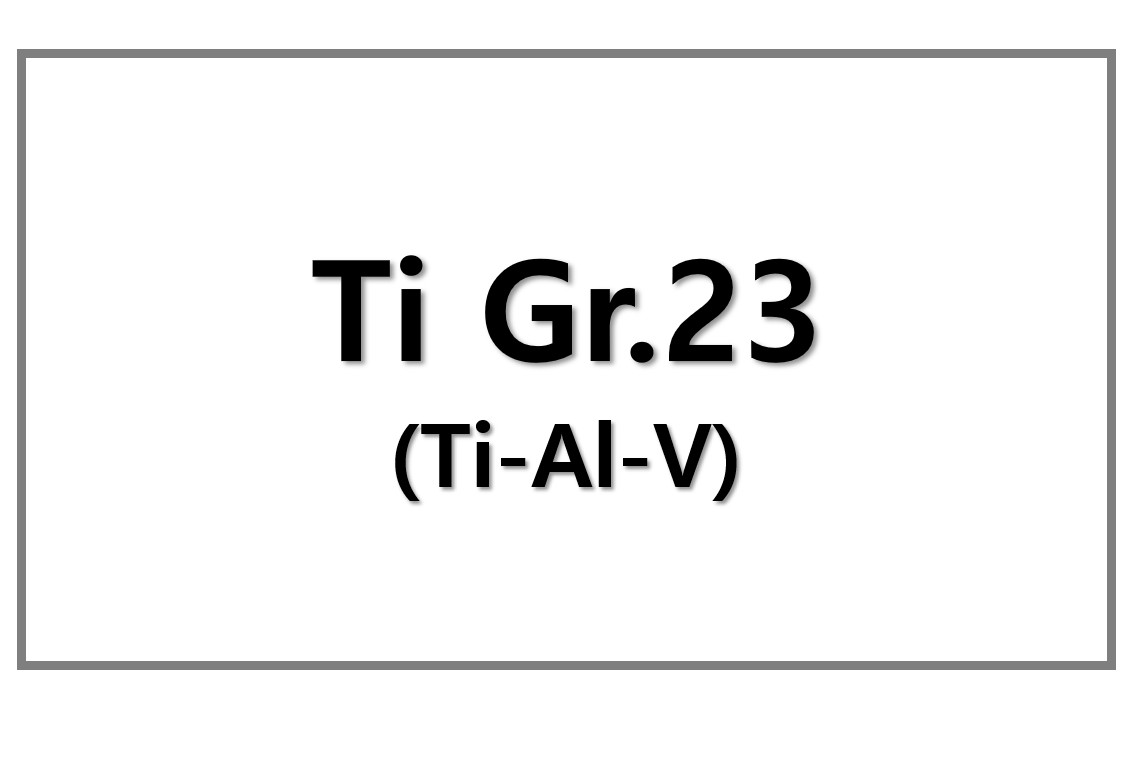
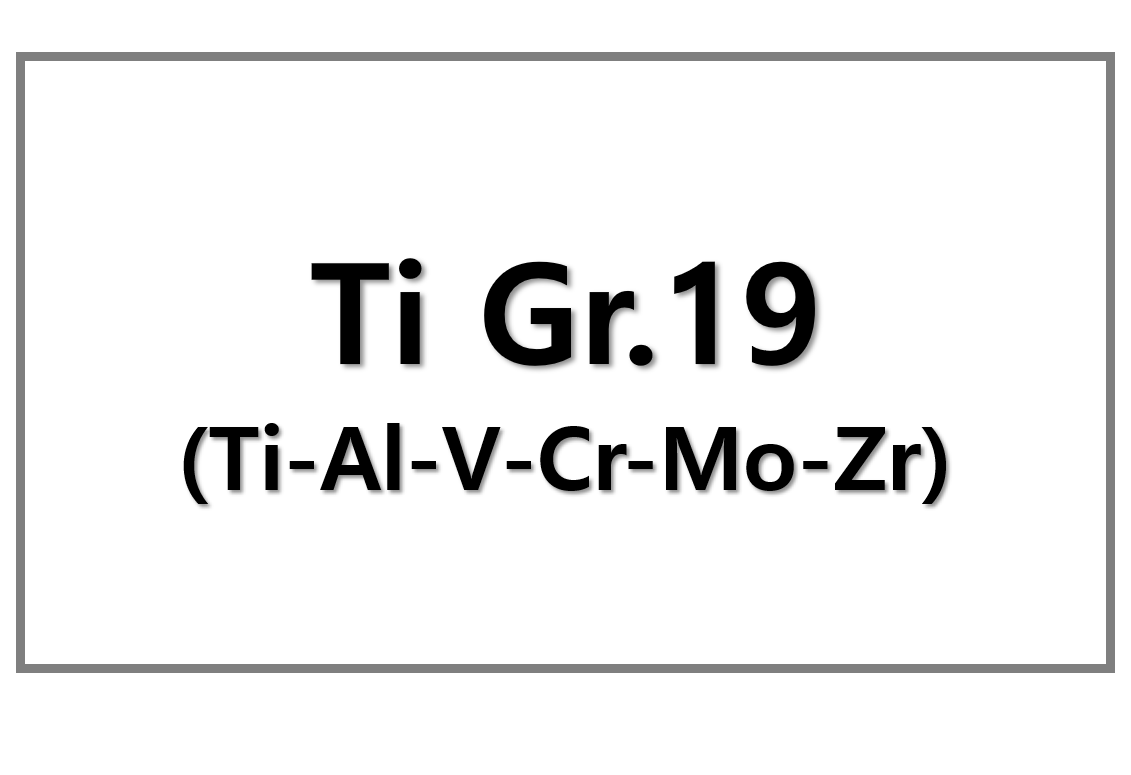
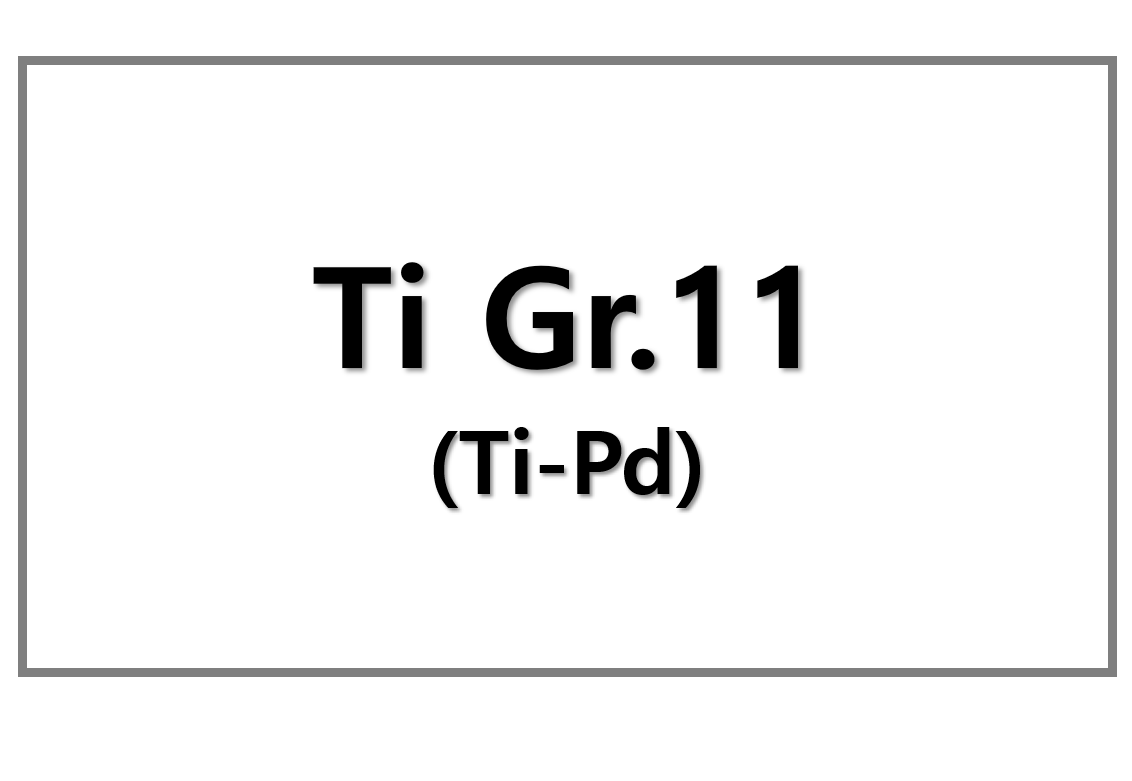
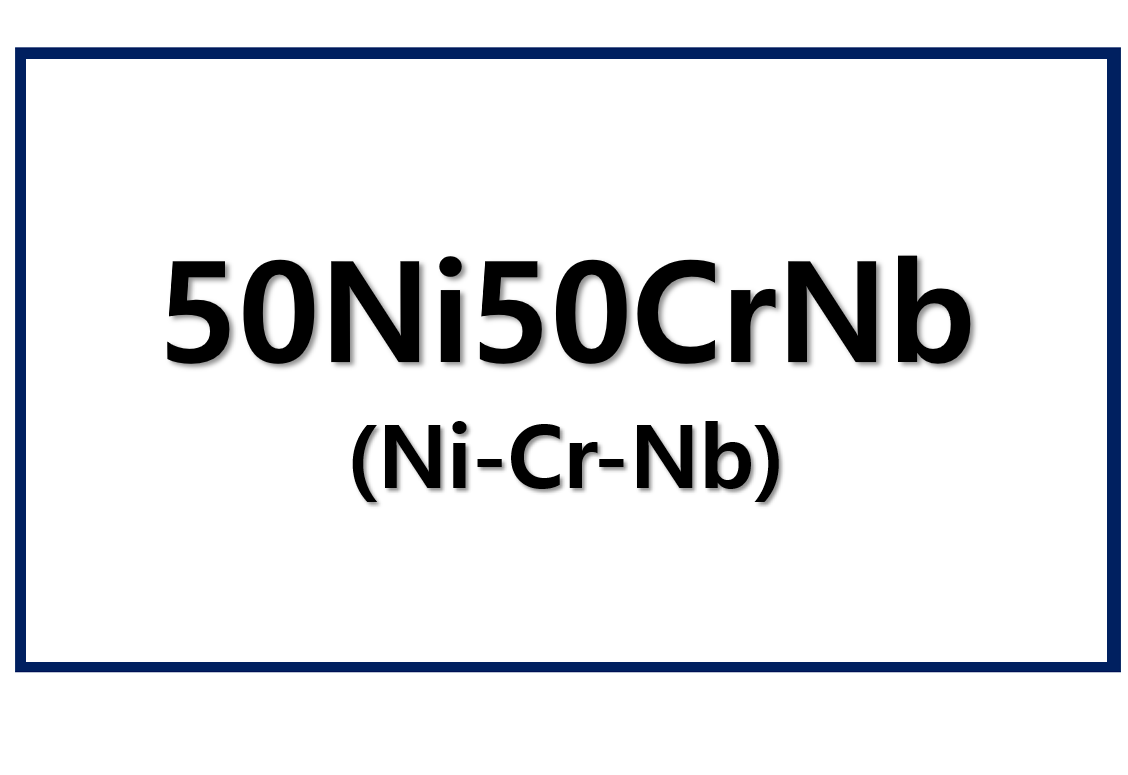
Leave a Reply
You must be logged in to post a comment.